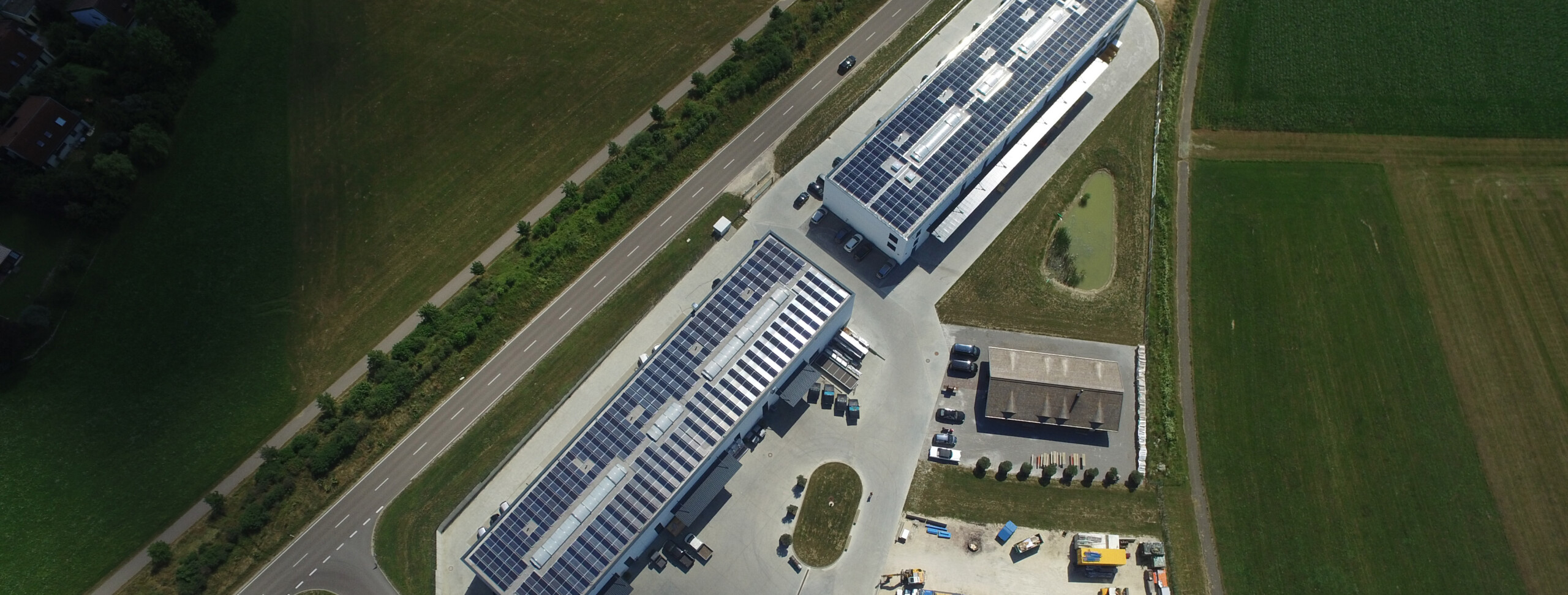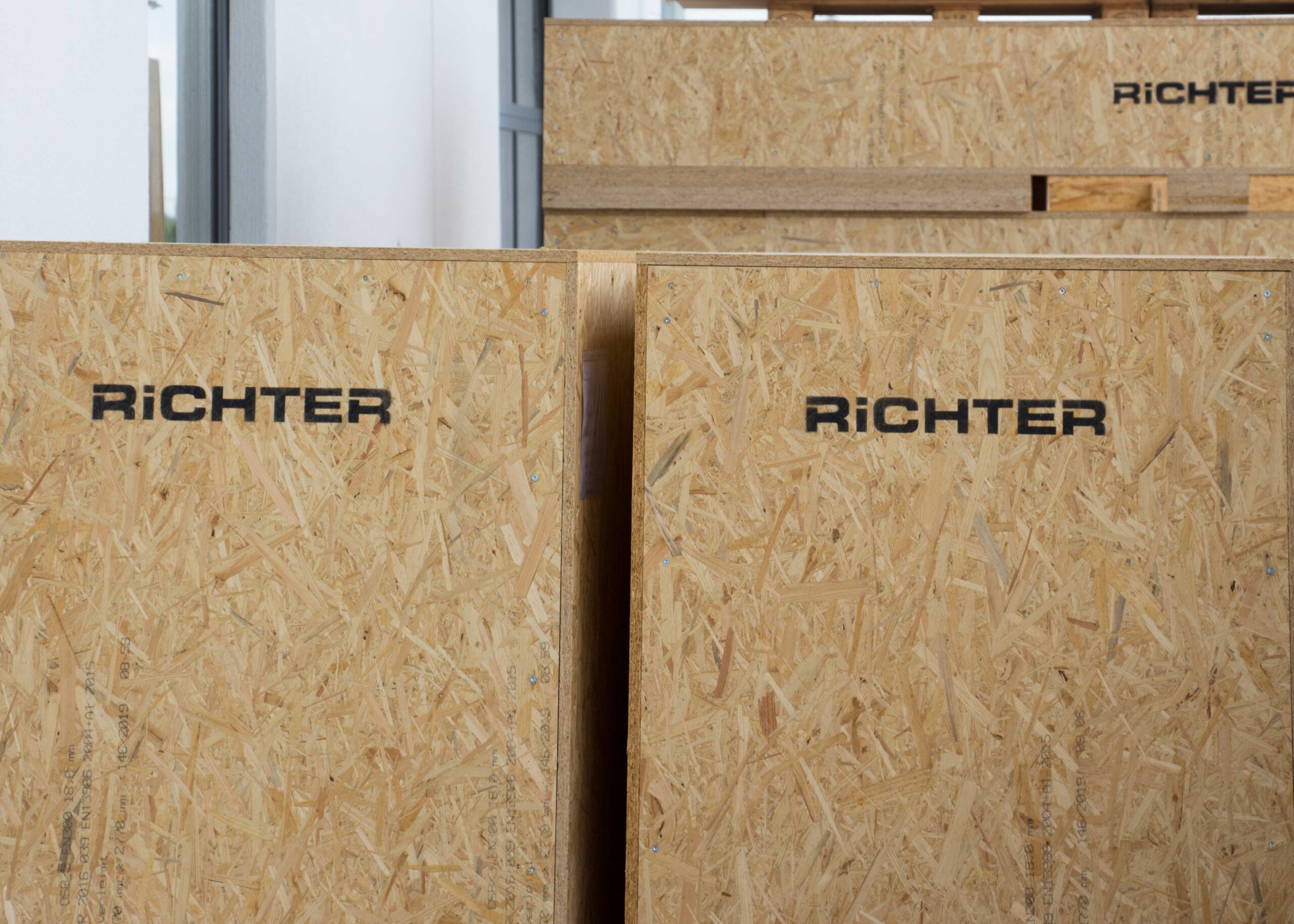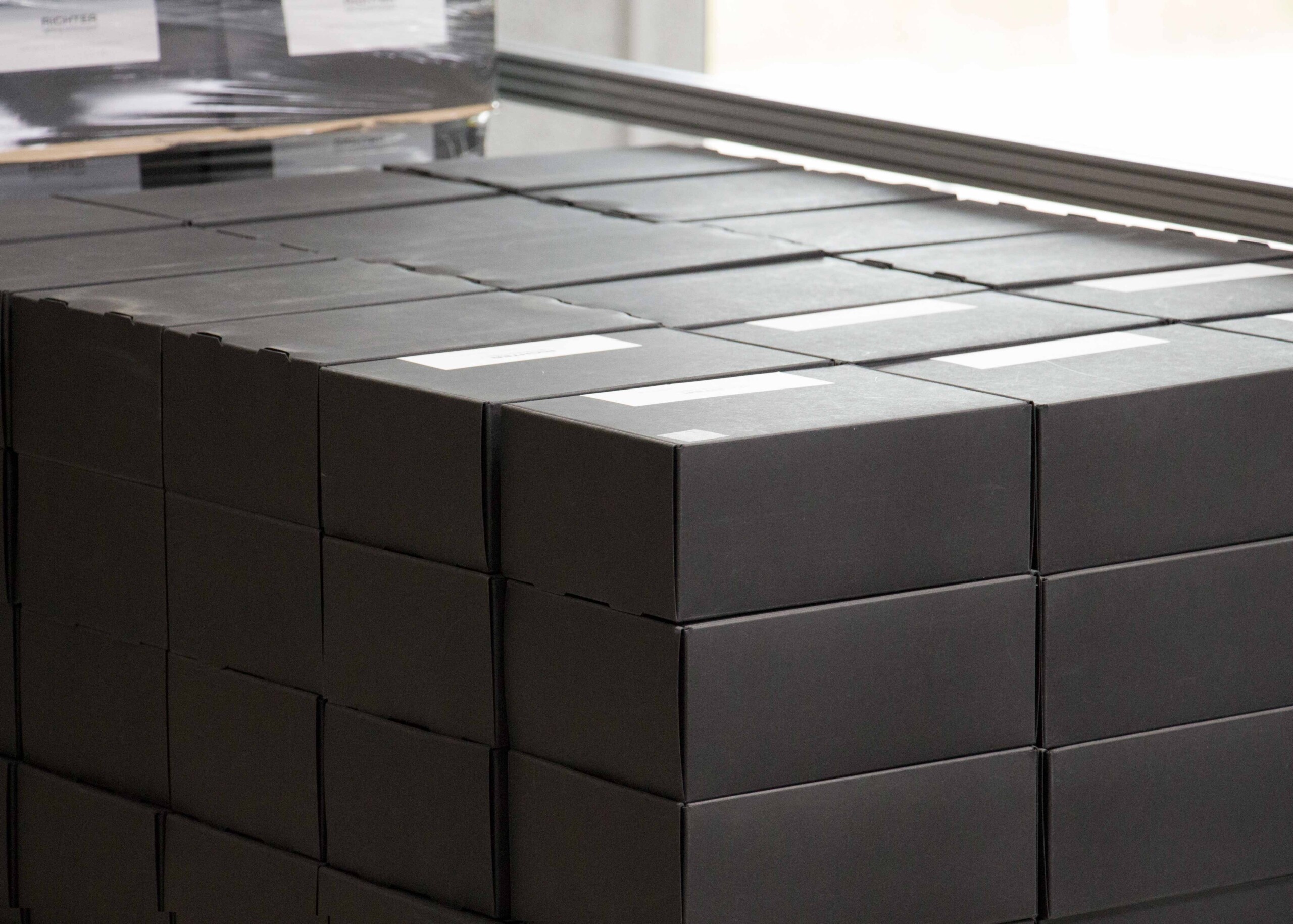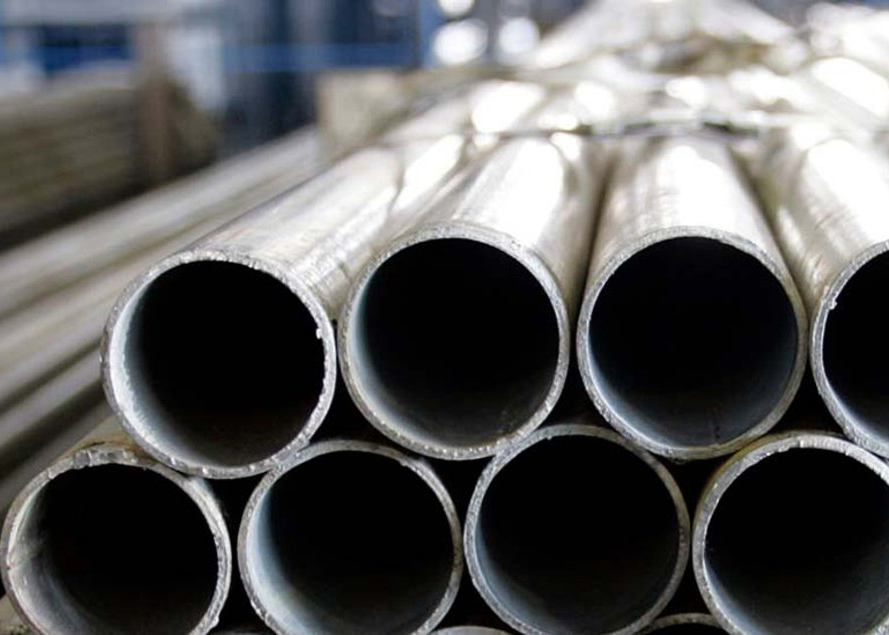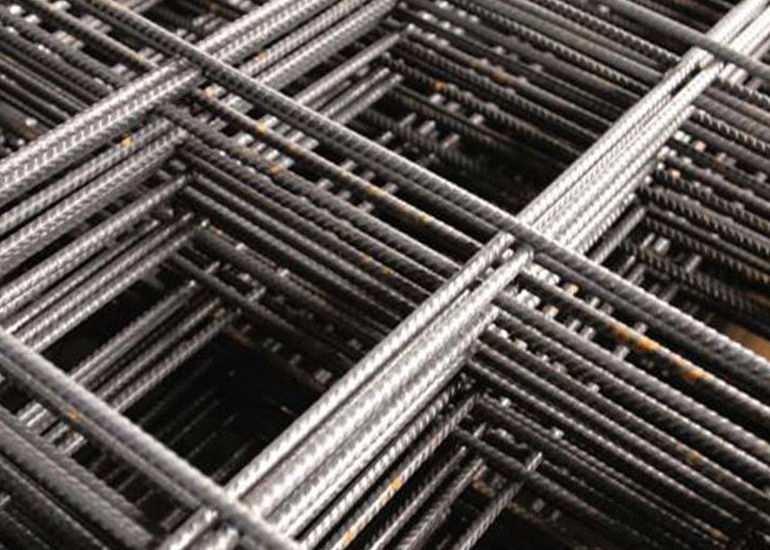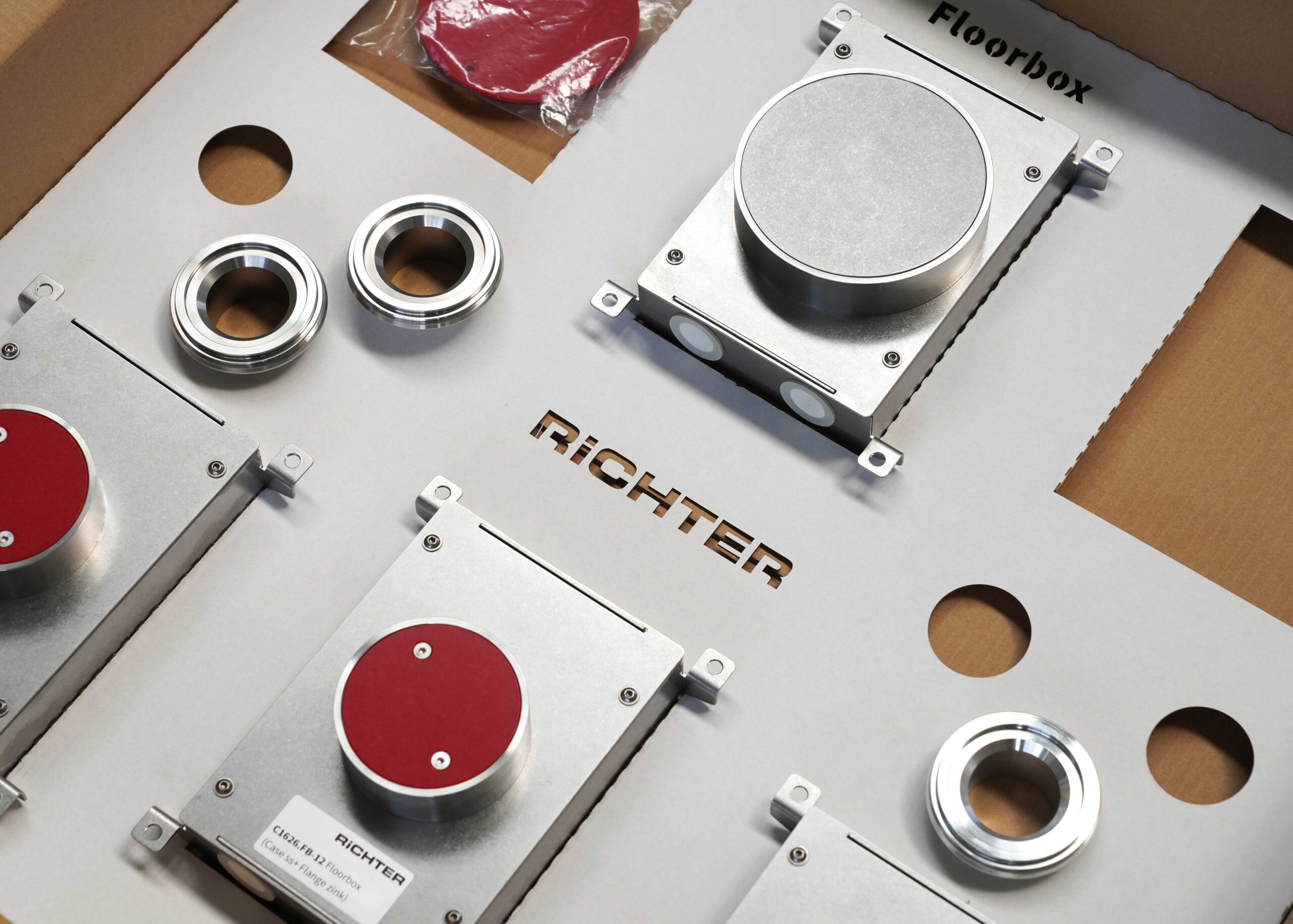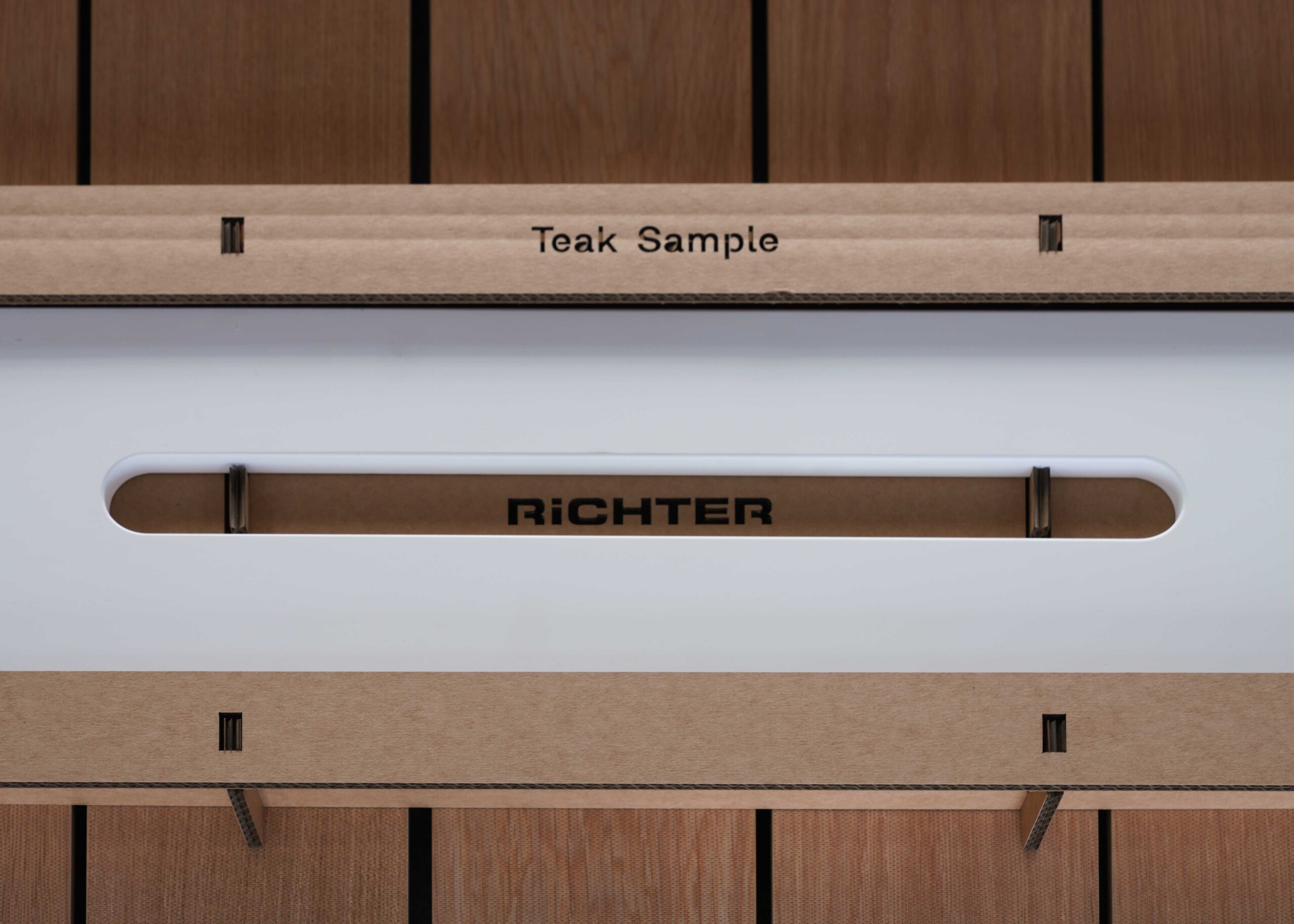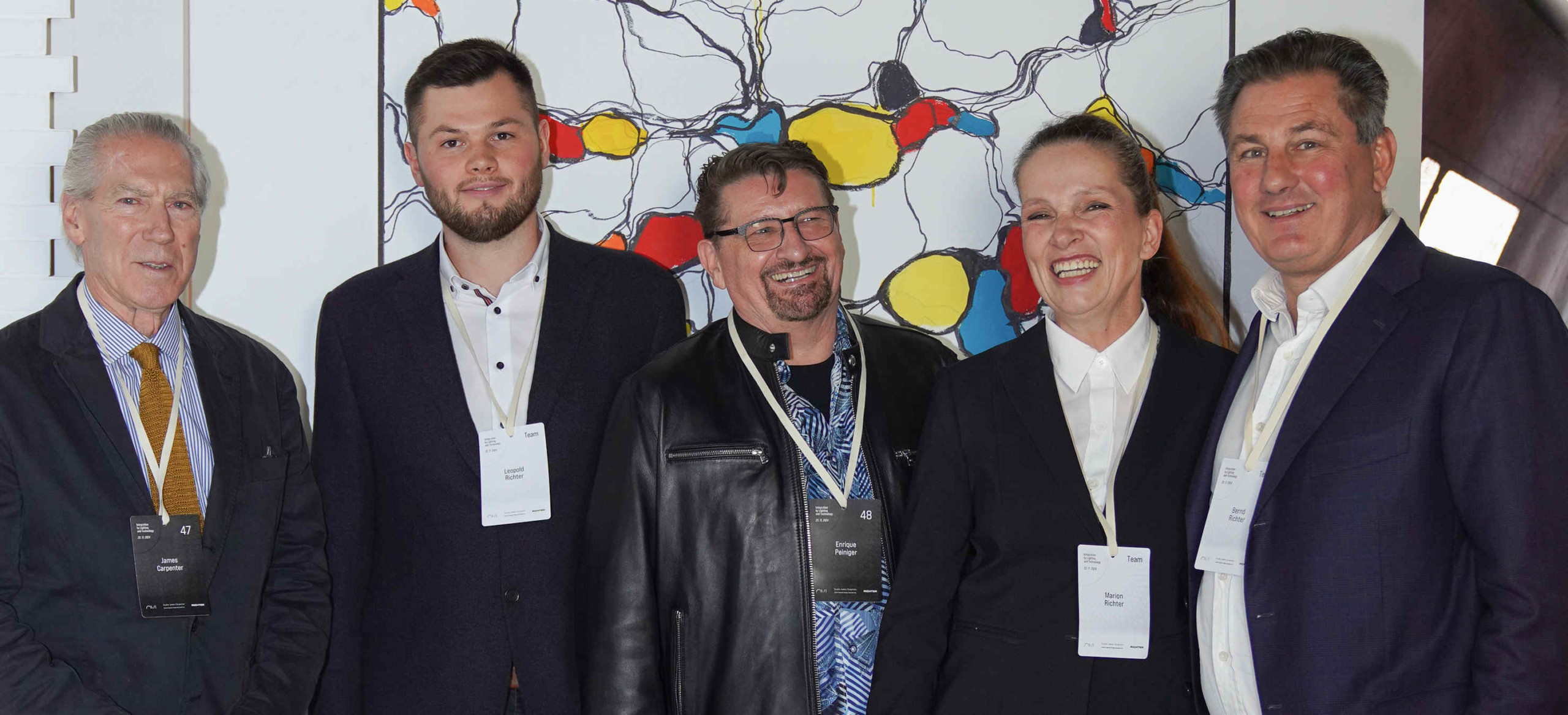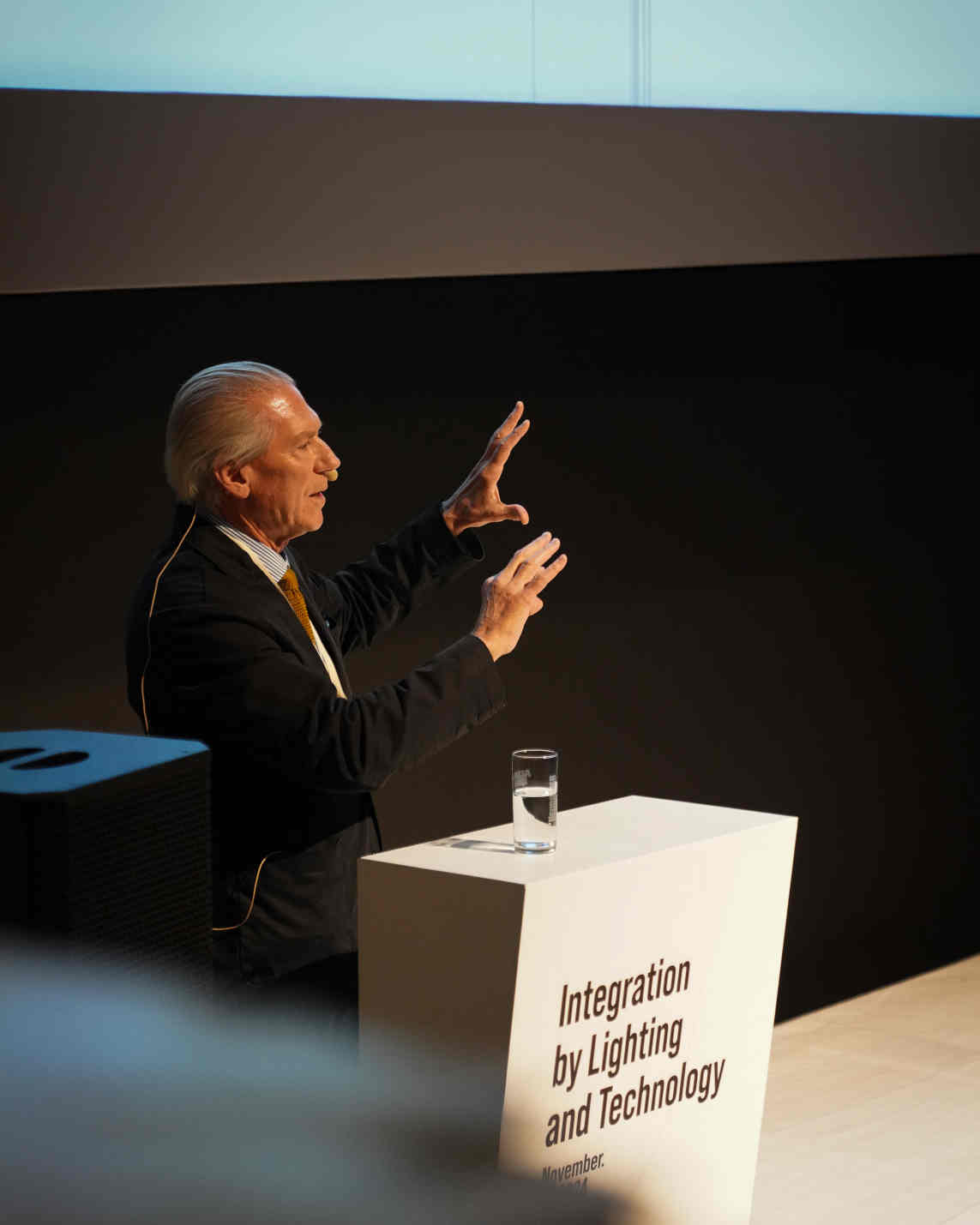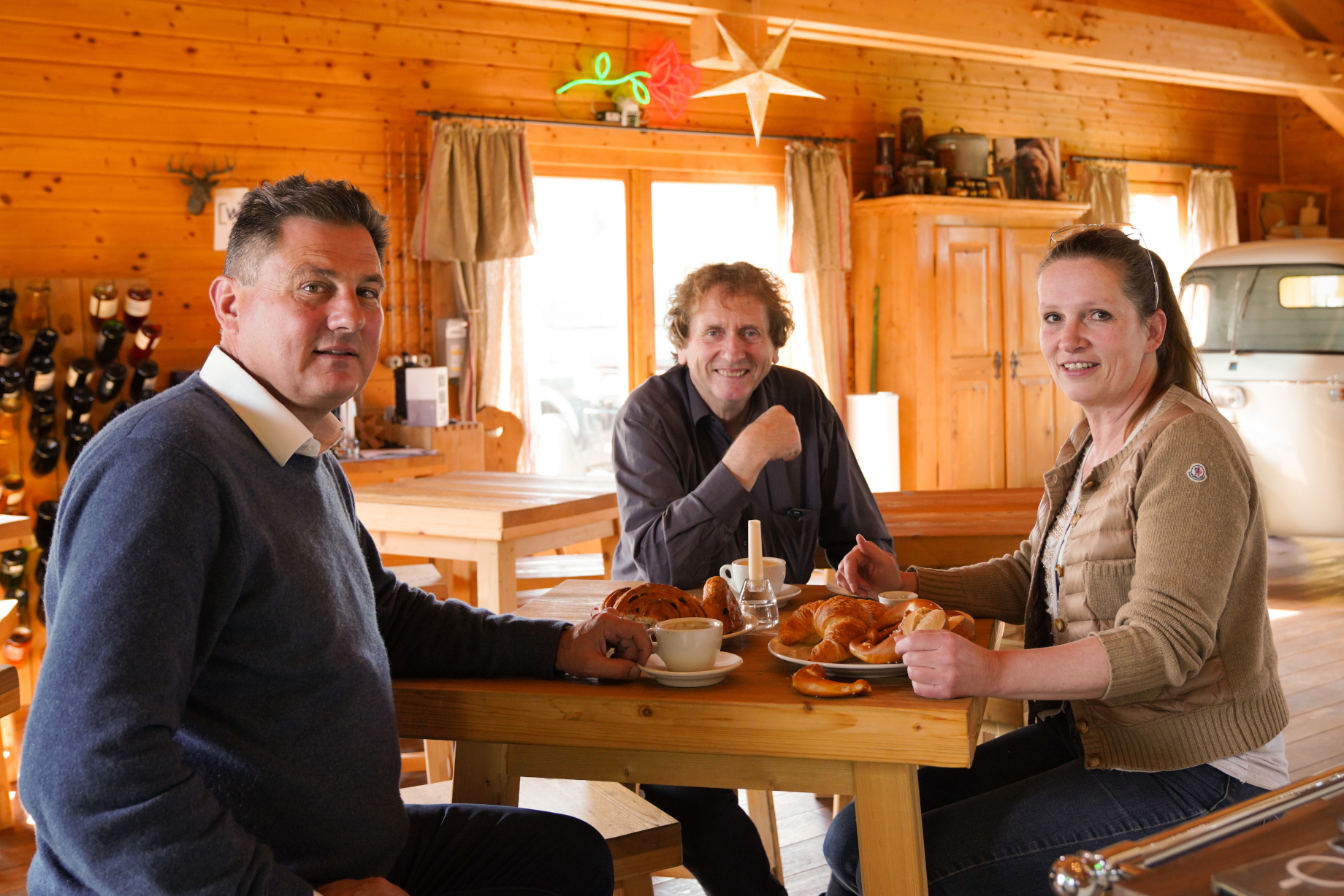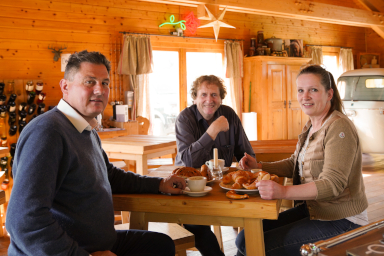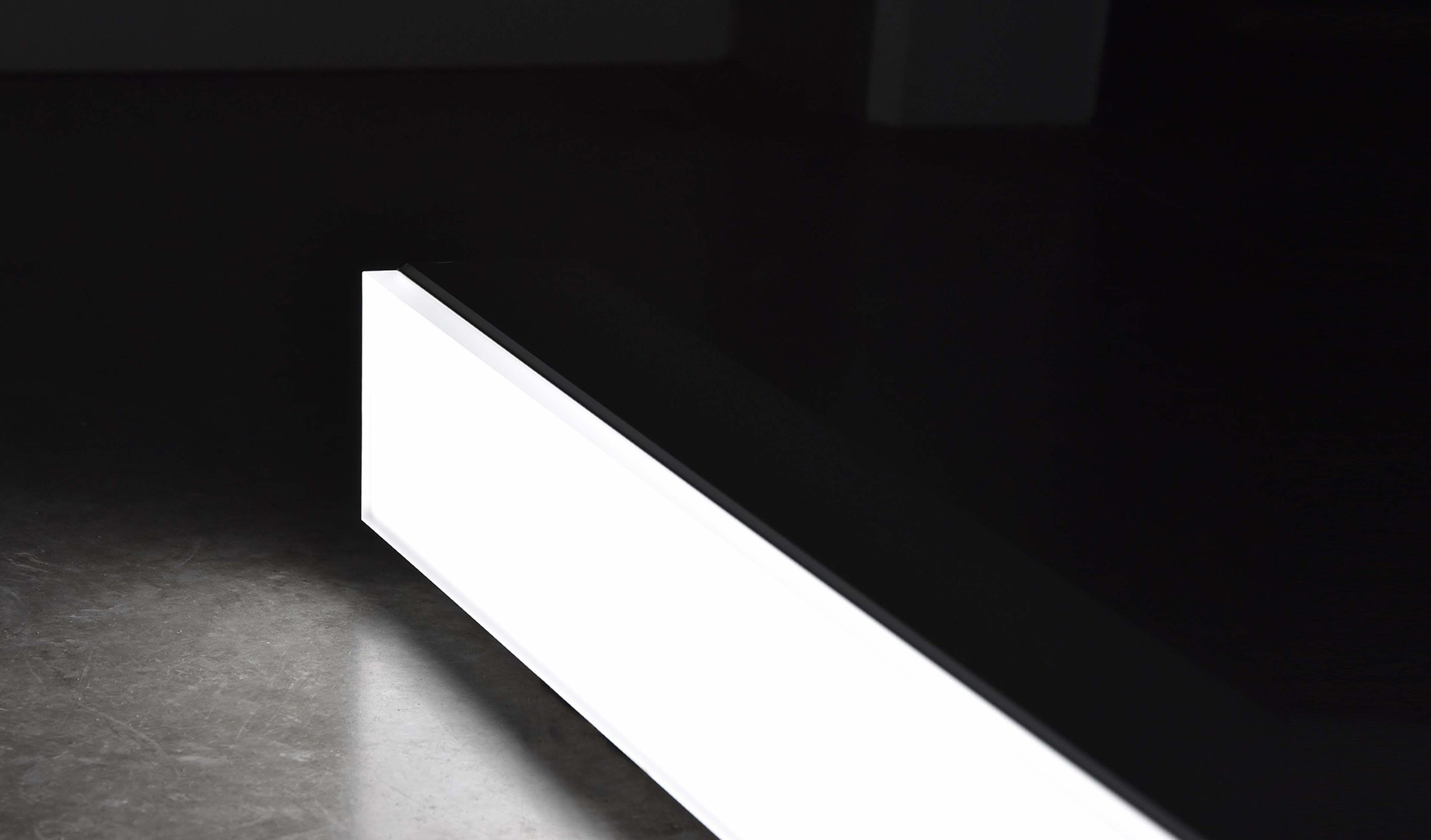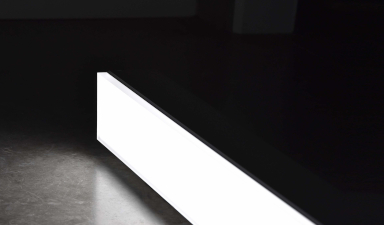Sustainability
Since we started the company in 1993, our visions and way of thinking have been centered around efficiency and sustainability. We have been building a sustainable environment by controlling clear quality, clear cost and clear lead-time to make success and growth.
We do things that make sense. That is why we focus most on putting sustainability into practical actions. With the flexible infrastructure and operations, we are telling hard facts of Richter sustainable actions. We are clear with our targets, principles, and challenges, we are committed to do more and better.
The richter cycle
Richter has been structured to enable innovation, development, and sustainability to industrial solutions. As we always put our motto into practice “Richter, where ideas work”, our vision is to enable global clients to create perfect space.
Globally, over 50% of waste comes from construction and demolition work. Buildings and construction projects are responsible for 40% of greenhouse gas emissions. Besides, the energy consumption of lighting in the building sector ranges from 20% to 45% of the overall energy usage. Therefore, we are clear with our responsibilities and have been driving our main innovations to contribute to the sustainable development in ceiling and lighting technologies for nearly 30 years.
The effects of the global COVID–19 pandemic on social, health–related and economic conditions in the year of 2020 also have made us more aware of the essential significance of sustainable development for everyone, every company and every country.
Richter is a sustainable company and always moving towards our sustainability goals, from production to shipping, including CO2 reduction, green supply chain management, daily recycling, smart packaging strategies and digital tools for intelligent design, etc. We take responsibility for the impact of the entire value chain from our own facility of production to the complete life cycle of our products.
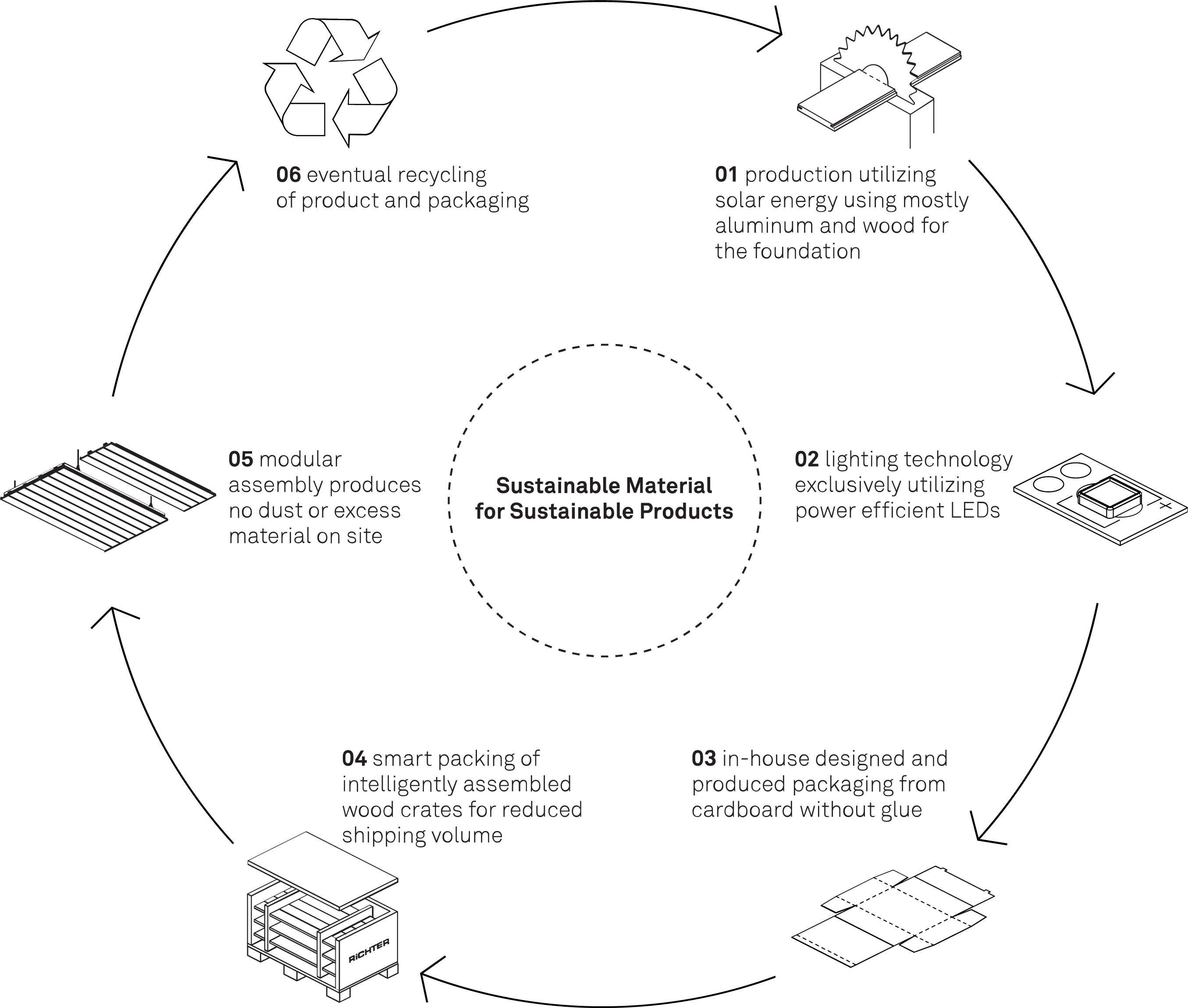
Sustainability for a better planet is not an easy mission, it is a marathon depending on unprecedented innovation and collaboration. That is why we are willing to apply the Richter cycle with our resources and best thinking to everything we are doing: the energy source for our operations, the materials in our products and the companies that we do business with, the recycling behaviors in our facility, and the most important thing, the intelligence that pervades every aspect and drives us to protect the environment, well–being and future generations. The sustainable actions of Richter are calling everybody to join us. But the story will never end, in the critical years ahead, we are committed to doing more for a better future of the planet.
“Sustainability is not new to us, it is already a part of Richter”
Defining focus targets
Sustainability, is the development that meets the needs of the present without compromising the ability of future generations to meet their own needs. It is the result of a balanced harmony of three aspects: economic, ecological, and social. A company is sustainable if it persists in acting in a value–preserving and resource–efficient way respecting social needs and environmental impacts, rather than striving only for short–term profit. Richter is always taking responsible actions to perform a harmonic symphony of environment, society, and economy to achieve a long–term beneficial development.
But sustainability is not just a motto, that’s why Richter is not only looking at the three aspects of sustainability. Within the 17 sustainable development goals (SDGs). set up by United Nations, we have established several targets based on our driving innovations and practices. Richter focuses on four areas – energy, materials, recycling and intelligence – where we can scale to minimize the negative impacts of our daily operations and maximize the positive impacts of our products and industrial solution.
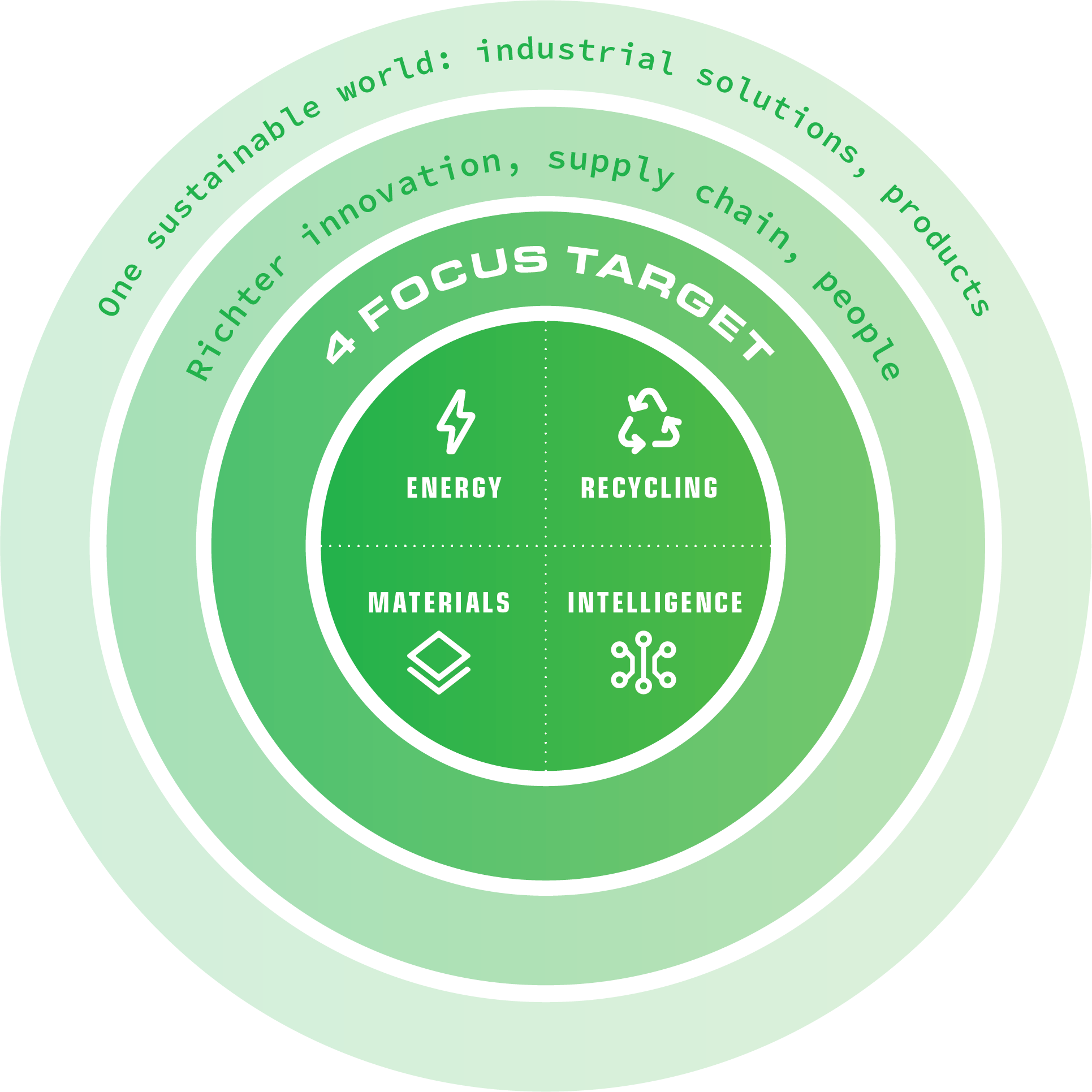
Our six sustainable principles
Most of the business models in the world are linear, which is the take–make–dispose economy. Economic growth at the expense of resource shortage will finally run into a worldwide dilemma.
How can humans help themselves and their offspring?
Circularity is the shape of tomorrow
In a system of circular economy, resource input and waste, emissions and energy loss are minimized by slowing, closing and narrowing energy and material loops. This means that components and materials are kept in the loop for as long as possible and at the highest possible value.
Ideally, waste no longer exists and everything recirculates back into the economy to convert into another product, component, or material.
Waste avoidance, life–cycle extension through remanufacturing or reuse, and improved recycling techniques are important strategies for sustainable manufacturing that are currently being explored together with new, increasingly circular business models.
As a manufacturer, we are providing worldwide customers with unique solutions based on industrial approaches. Whenever Richter takes on a new and complex topic, we first develop our principled approaches to guide our road map and efforts. For actions of sustainability, we are doing the same.
Our six sustainable principles are based on Richter development & technology and the circular economy fundamentals:
- Ensuring sustainable procurement with effective transparency
- Extending product lifespan with clear costs, clear lead–time and clear quality.
- Developing new material-efficient and energy-efficient solutions and innovations.
- Reducing direct emissions by renewable power supplies.
- Taking responsibility for our footprint in our value chain, well–being and society.
- Using intelligence–driven technology, recycling and flexible communication, management strategies.
Putting sustainability in practice
We have defined our value chain, four focused targets and six sustainable principles for a long–term sustainable development. To support each of the target and principle, we put sustainability into practice with the following four strategic pillars:
Production & operations
We have defined our value chain, four focused targets and six sustainable principles for a long–term sustainable development. To support each of the target and principle, we put sustainability into practice with the following four strategic pillars:
Customers & suppliers
We help our customers and suppliers worldwide reduce carbon and waste footprint through our sustainable actions, technology, and industrial solutions.
Products & industrial solutions
We develop high–end products with new technology and energy–efficient manufacturing processes. We talk directly with our clients to provide industrial solutions driven by the harmony between innovation, cost, and environmental sustainability.
Employees
We recognize that our employees are the most important asset in advancing accomplishment and innovation at every step of the way to sustainability, and we are creating new opportunities, safe and comfortable workplace for them to contribute to our efforts.

